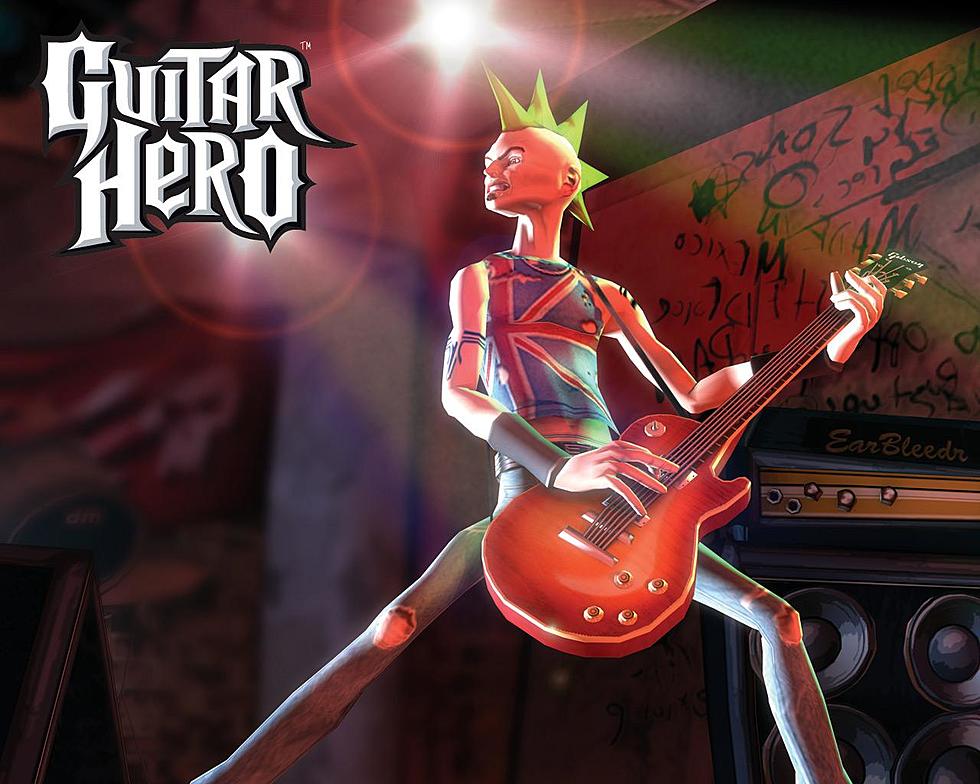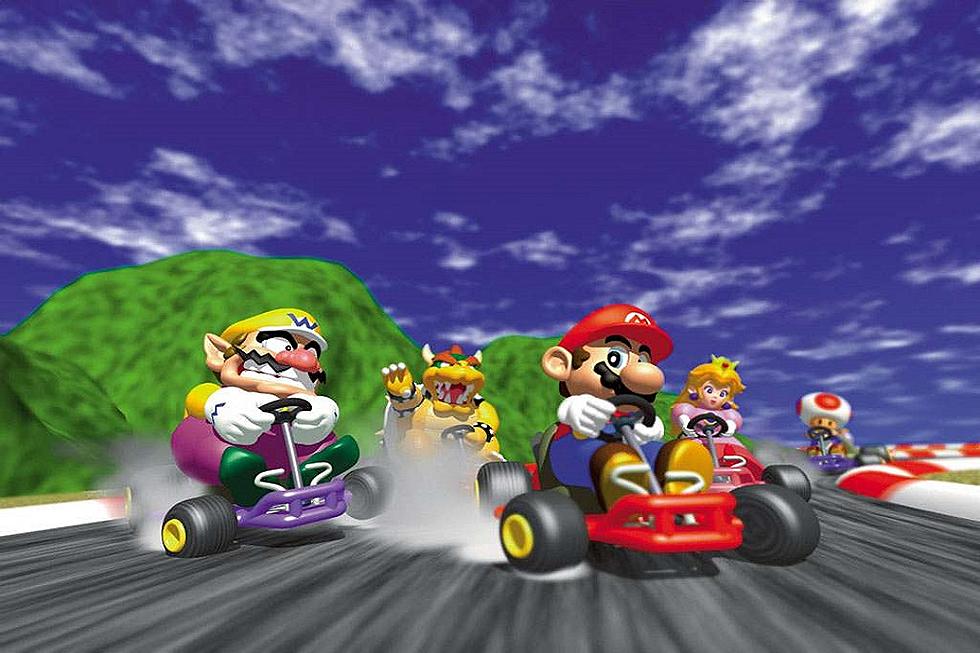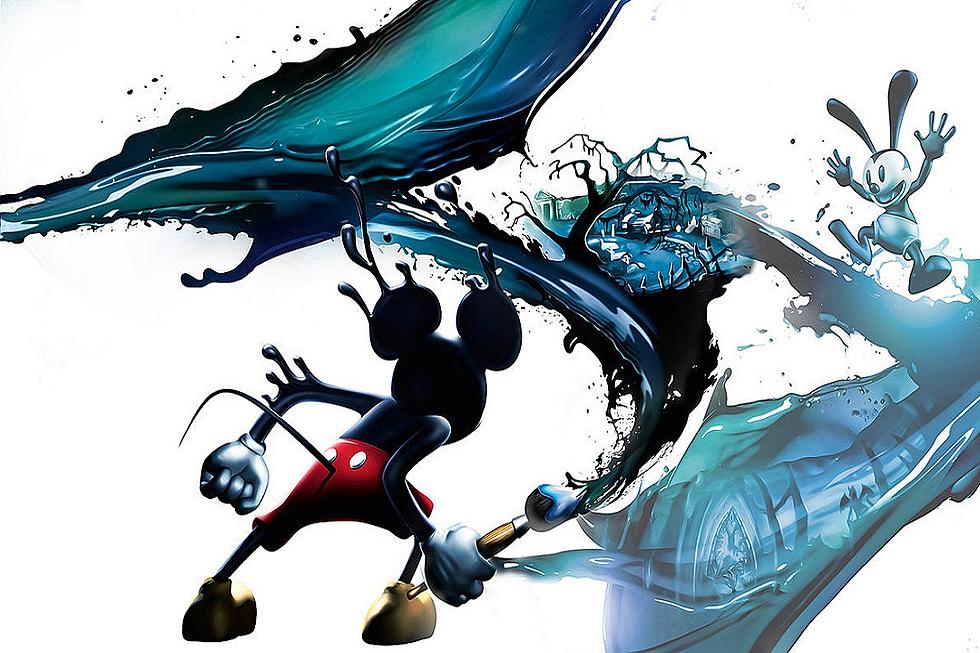
How Guitar Hero Set The Stage For the Music Game Boom
Rhythm and music games have seen their heyday come and go. In the middle to late of the 2000 decade you couldn’t go a year without hearing about the latest variation of Rock Band or Guitar Hero. Dance Dance Revolution machines saw more action than ever and an arcade wasn’t complete without some mixture of music games given a substantial section of the floor space. It was a sensation to say the least and there was at least one game that can be quoted as one of the most influential powder kegs of the trend. Guitar Hero was released on this day in 2005 and though there have arguably been better music games before and after it, Guitar Hero was the one that got mainstream audiences hyped to see what the genre had to offer.
Guitar Hero was always a project built upon capturing a mostly untapped market based off another game: Konami’s Guitar Freaks. Guitar Freaks was popular in Japan, but saw little attention in the United States at the time. It was RedOctane, who was making Dance Dance Revolution pad controllers at the time, and specifically Charles and Kai Huang who noted the popularity of Guitar Freaks and the opportunity for such a game in the states. They began designing a new guitar controller for a new game that would capture the attention of American audiences.
When the Huang brothers began to pitch their game, few saw the opportunity in it and were willing to invest. It just happened to be a moment of fortune when they came to Harmonix, who already had experience in music titles like Amplitude and Frequency. The story goes that Microsoft vice president of publishing Ed Fries had just recently told Harmonix that a music needed custom controllers to properly succeed. When RedOctane came to Harmonix to pitch the game, the idea was fresh in the mind of Harmonix heads and they saw a chance to make something great with Red Octane.
The original Guitar Hero contained over thirty songs ranging from the 1960s to more contemporary tracks and featuring cover tracks of the likes of Ozzy Ozbourne, the Ramones and Red Hot Chili Peppers to name just a few. The game featured a guitar shaped controller based on a Gibson SG with five fret keys for the different notes, a strum bar and a whammy bar. The game and the controller were built around a new point system intended to give the game a little extra depth over other titles at the time. Players play notes according their arrival on screen at the correct time. Playing continual notes well builds a score multiplayer and certain strings of notes add to a bonus function introduced by Guitar Hero as Star Power. Build up enough Star Power and you could activate it to double points for every note hit during its activation. This feature gave a new edge to getting the highest scores per song in the game
.
Guitar Hero was an overnight success that took off in a way that nobody, not even RedOctane or Harmonix, expected it to. It was developed on an extremely low budget of only a million dollars and lead designer Rob Kay noted in an interview for Iain Simons Inside Game Design that “no one had any notions about it being a massive success; we all just thought it would be fun to do.” That said, it garnered attention and lit a fire that invigorated the music and rhythm game industry and built Guitar Hero into a billion dollar franchise. Guitar Hero almost single-handedly spawned the buzz that would allow its sequels and the genre it was a part of to flourish for years to come and although that buzz would die off when the market became bloated in the 2010 decade, Guitar Hero still pulled attention to a niche in a way few other products have.
More From Arcade Sushi









